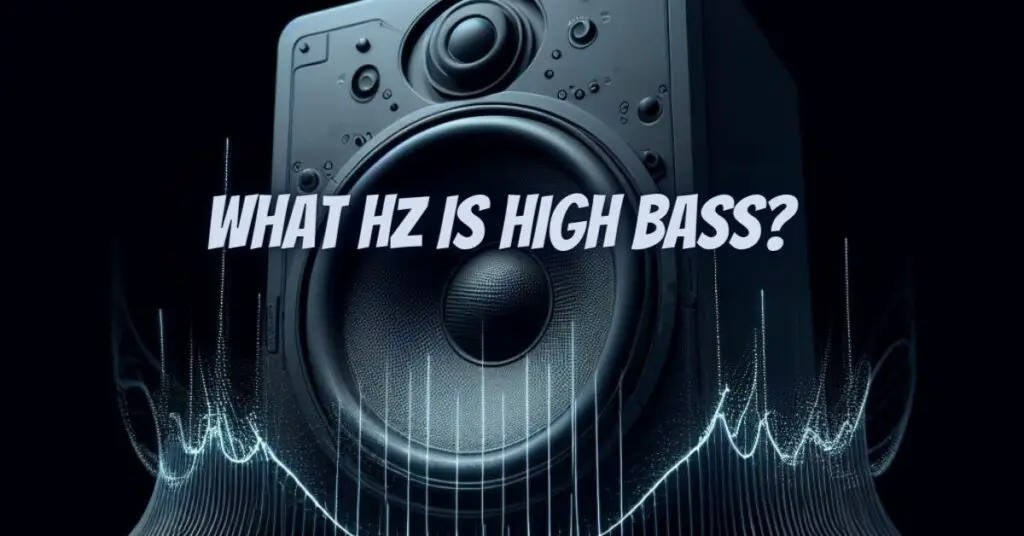The world of audio and music production is a vast and intricate realm, and understanding frequencies is a fundamental aspect of crafting a desired sound. When it comes to bass frequencies, there is often confusion about what constitutes “high bass.” In this comprehensive article, we will explore the intricacies of the frequency spectrum, define the concept of high bass, and discuss its significance in music and audio.
Understanding the Frequency Spectrum
To comprehend the concept of high bass, we must first establish a foundational understanding of the frequency spectrum:
- Bass Frequencies: These frequencies are characterized by their low, deep, and resonant qualities. Bass frequencies typically span from approximately 20Hz to 250Hz. This range is responsible for providing the low-end foundation, warmth, and punch in music. It includes the thump of kick drums, the rumble of bass guitars, and the depth of orchestral double bass.
- Midrange Frequencies: The midrange occupies the range from around 250Hz to 2kHz. It is where the majority of musical content resides, including vocals, guitars, and many melodic instruments. The midrange frequencies are responsible for delivering clarity, articulation, and presence in a mix.
- Treble Frequencies: Treble frequencies, often referred to as high frequencies, extend from 2kHz to 20kHz and beyond. This spectrum encompasses the sparkle of cymbals, the bite of an electric guitar’s pick attack, and the brilliance of high-frequency harmonics.
Defining High Bass
Now that we have a firm grasp of the frequency spectrum, we can define high bass:
High bass refers to the upper portion of the bass frequency range. While there is no strict consensus on the precise frequency boundaries of high bass, it generally falls within the range of approximately 100Hz to 250Hz. This region bridges the gap between the deep, subby bass frequencies and the midrange frequencies. High bass frequencies contribute to the body, warmth, and definition of musical elements in this range, adding weight and presence without overwhelming the mix.
The Significance of High Bass
High bass frequencies serve several essential roles in music and audio:
- Instrument Definition: High bass frequencies provide clarity and definition to instruments that occupy this frequency range. For example, they help articulate the notes played on a bass guitar or create punch and character in a kick drum.
- Mix Balance: Balancing high bass frequencies is crucial for achieving a well-rounded and impactful mix. Properly defined high bass frequencies can make a mix sound full and powerful while allowing other instruments and vocals to shine through.
- Groove and Rhythm: High bass frequencies play a significant role in establishing the groove and rhythm of a track. They contribute to the percussive quality of basslines, which is essential in various music genres, including funk, rock, and dance music.
- Tonal Balance: Achieving a balanced tonal spectrum is essential for producing pleasing and professional-sounding music. High bass frequencies are a key component of this balance, ensuring that the low-end is clear and defined without being overly boomy or muddy.
High bass, falling within the frequency range of approximately 100Hz to 250Hz, is a crucial component of the overall sonic landscape in music and audio production. It bridges the gap between the deep bass frequencies and the midrange, providing definition, weight, and character to various musical elements. Musicians, audio engineers, and producers must understand the role of high bass in crafting well-balanced and sonically pleasing mixes. Harnessing the potential of high bass frequencies allows for the creation of impactful and groovy music that resonates with audiences across various genres.


